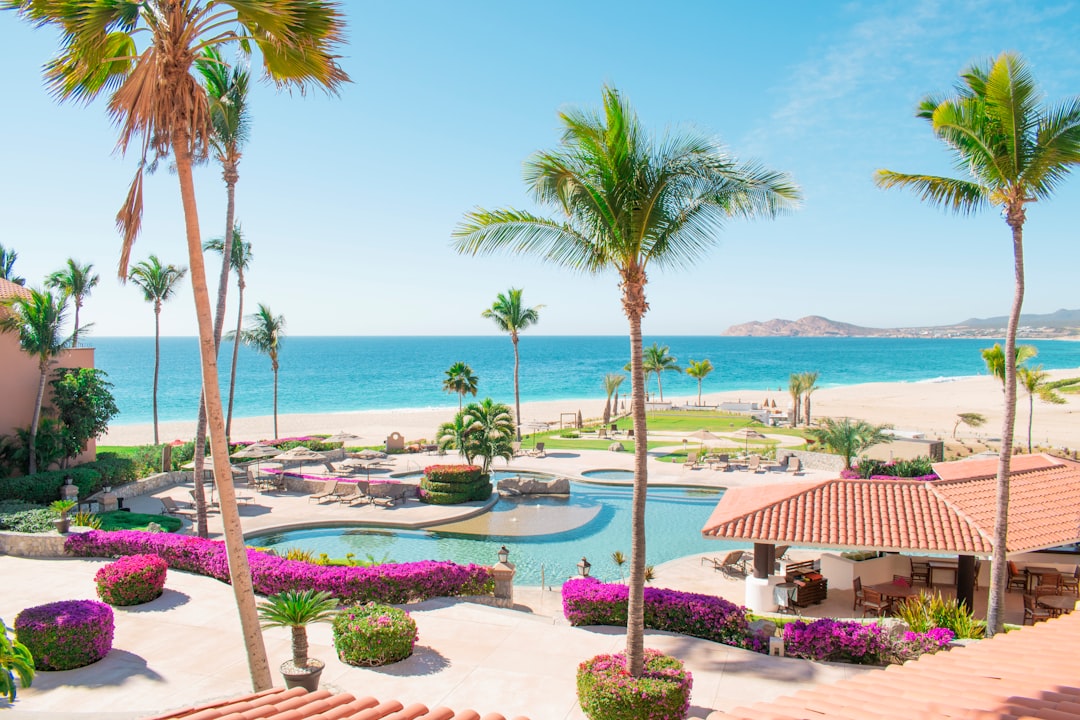
Cycling the Silk Road: An Epic Adventure Across Ancient Trade Routes
The Silk Road is an ancient network of trade routes that connected the East and West, stretching from China to the Mediterranean Sea. It was not just a single road, but a complex network of routes that facilitated the exchange of goods, ideas, and cultures between different civilizations. The Silk Road played a significant role in shaping the world as we know it today, and cycling along its historic path offers a unique opportunity to explore its rich history and diverse landscapes.
Cycling the Silk Road is an adventure like no other. It allows you to immerse yourself in the history and culture of the regions you pass through, while also challenging yourself physically and mentally. The journey is not for the faint-hearted, but for those who are willing to push their limits and experience the world in a different way.
Key Takeaways
- Cycling the Silk Road offers a unique adventure through history and culture.
- The Silk Road was a vital trade route connecting East and West for centuries.
- Proper training and equipment are essential for a successful journey.
- Cyclists will encounter diverse terrains and climates along the way.
- The expedition provides opportunities to learn about local customs and promote sustainable tourism.
The Historical Significance of the Silk Road
The Silk Road was not just a trade route; it was a lifeline that connected different empires and civilizations. It facilitated the exchange of goods such as silk, spices, and precious metals, but it also allowed for the exchange of ideas, religions, and cultures. The Silk Road played a crucial role in the development of civilizations such as China, Persia, India, and Rome.
The Silk Road was not a single road but a network of routes that spanned thousands of miles. It passed through deserts, mountains, and grasslands, connecting different regions with their unique landscapes and climates. This diversity contributed to the richness and complexity of the cultures that developed along the Silk Road.
Preparing for the Journey: Training and Equipment
Cycling the Silk Road is not an easy feat. It requires months of training and preparation to build up your endurance and strength. It is important to start training well in advance to ensure that you are physically prepared for the long hours on the bike.
In addition to physical training, it is also important to invest in the right equipment and gear. A sturdy and reliable bike is essential, as well as comfortable clothing and shoes. It is also important to pack light and carry only the essentials, as you will be cycling long distances and carrying heavy loads can slow you down.
Cycling Across Different Terrains and Climates
| Terrain/Climate | Difficulty Level | Distance (in miles) | Average Speed (in mph) | Recommended Gear |
|---|---|---|---|---|
| Mountainous | Difficult | 50-100 | 8-12 | Mountain bike, helmet, gloves, knee pads |
| Desert | Moderate | 30-50 | 12-15 | Hybrid bike, helmet, sunglasses, sunscreen, water bottle |
| Coastal | Easy | 20-30 | 15-20 | Road bike, helmet, sunglasses, water bottle |
| Urban | Easy | 10-20 | 10-15 | City bike, helmet, lights, lock |
One of the most exciting aspects of cycling the Silk Road is the opportunity to experience a wide range of terrains and climates. From the deserts of Central Asia to the mountains of Tibet, each region offers its own unique challenges and rewards.
Cycling through the deserts can be physically demanding due to the extreme heat and lack of shade. It is important to stay hydrated and protect yourself from the sun. The mountains, on the other hand, can be physically challenging due to the steep inclines and high altitudes. It is important to acclimatize slowly and listen to your body.
Exploring the Cultural and Natural Wonders Along the Silk Road
Cycling the Silk Road is not just about the physical challenge; it is also an opportunity to explore the rich cultural and natural wonders along the way. From ancient cities to stunning landscapes, there is so much to see and experience.
One of the highlights of cycling the Silk Road is visiting ancient cities such as Samarkand, Bukhara, and Xi’an. These cities were once thriving centers of trade and culture, and they still retain their historic charm. The stunning architecture, vibrant markets, and friendly locals make these cities a must-visit for any cyclist.
Challenges Faced During the Expedition
Cycling the Silk Road is not without its challenges. Language barriers can be a major obstacle, especially in remote areas where English may not be widely spoken. It is important to learn a few basic phrases in the local language to communicate with locals and ask for help if needed.
Physical exhaustion can also be a challenge, especially during long days of cycling. It is important to listen to your body and take breaks when needed. It is also important to fuel your body with nutritious food and stay hydrated.
Meeting Local Communities and Learning About Their Customs
One of the most rewarding aspects of cycling the Silk Road is the opportunity to meet and learn from local communities along the way. The Silk Road passes through diverse regions with their own unique customs and traditions.
It is important to approach local communities with respect and curiosity. Learn about their customs, try their food, and participate in their traditions. This not only enriches your experience but also helps to foster cultural understanding and appreciation.
The Importance of Sustainable Tourism on the Silk Road
Tourism has the potential to have a significant impact on the regions along the Silk Road. It can bring economic opportunities and cultural exchange, but it can also have negative effects such as over-tourism and environmental degradation.
It is important to be a responsible tourist and practice sustainable tourism on the Silk Road. This means respecting local customs and traditions, minimizing your environmental impact, and supporting local businesses and communities.
Personal Growth and Reflections on the Journey
Cycling the Silk Road is not just a physical challenge; it is also an opportunity for personal growth and reflection. The long hours on the bike give you plenty of time to think and reflect on your life, goals, and values.
The journey also teaches you important life lessons such as perseverance, resilience, and adaptability. It pushes you out of your comfort zone and helps you discover your true potential.
The Enduring Legacy of the Silk Road and the Power of Adventure
The Silk Road has left an enduring legacy on trade, culture, and history. It has shaped the world as we know it today, connecting different civilizations and fostering cultural exchange.
Cycling the Silk Road is not just an adventure; it is a journey through history and culture. It allows you to experience the world in a different way and push yourself out of your comfort zone. It is a reminder of the power of adventure and the importance of exploring the unknown. So, if you are up for the challenge, hop on your bike and embark on the journey of a lifetime along the Silk Road.
FAQs
What is the Silk Road?
The Silk Road was a network of trade routes that connected the East and West, stretching from China to the Mediterranean Sea.
What is cycling the Silk Road?
Cycling the Silk Road is a long-distance cycling journey that follows the ancient Silk Road trade routes.
How long does it take to cycle the Silk Road?
The length of time it takes to cycle the Silk Road depends on the route and the cyclist’s pace. It can take anywhere from a few weeks to several months.
What countries does the Silk Road pass through?
The Silk Road passes through several countries, including China, Kazakhstan, Kyrgyzstan, Uzbekistan, Turkmenistan, Iran, Turkey, and others.
What are the challenges of cycling the Silk Road?
Cycling the Silk Road can be challenging due to the long distances, extreme weather conditions, high altitudes, and difficult terrain.
What are the benefits of cycling the Silk Road?
Cycling the Silk Road offers a unique opportunity to explore ancient cultures, stunning landscapes, and historical sites. It also provides a physical and mental challenge for cyclists.
What equipment is needed for cycling the Silk Road?
Cyclists need a sturdy and reliable bicycle, appropriate clothing for different weather conditions, camping gear, and basic repair tools.
Is it safe to cycle the Silk Road?
Cycling the Silk Road can be safe if proper precautions are taken, such as traveling in a group, avoiding dangerous areas, and being aware of local customs and laws. However, it is always important to research the safety of specific areas before traveling.


















